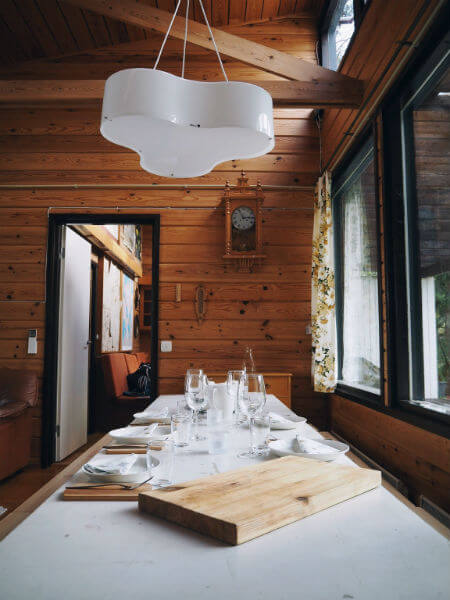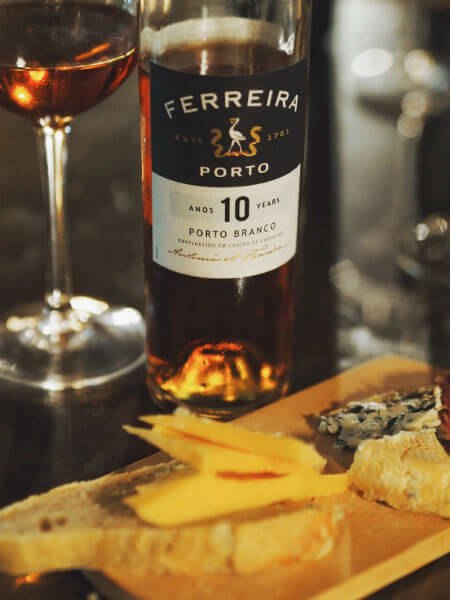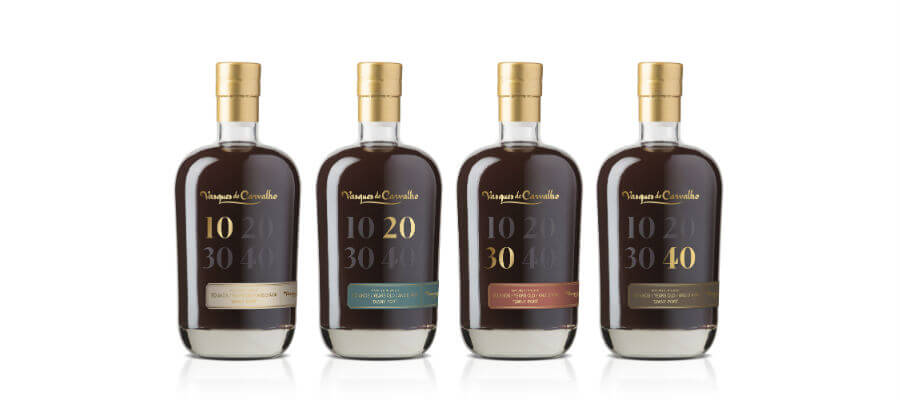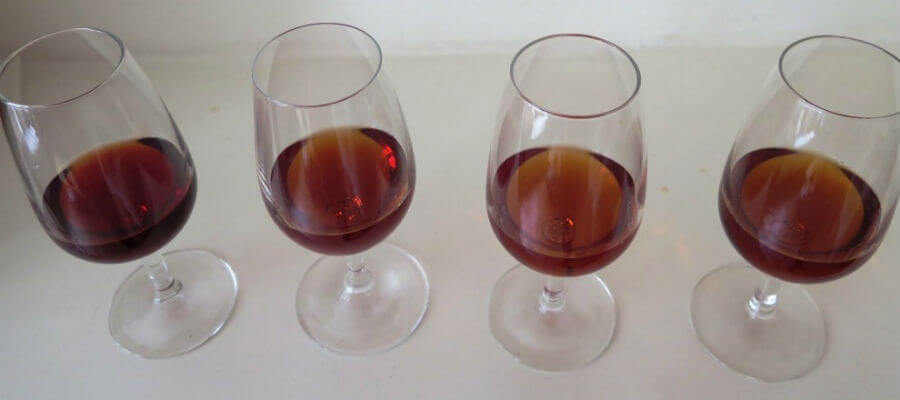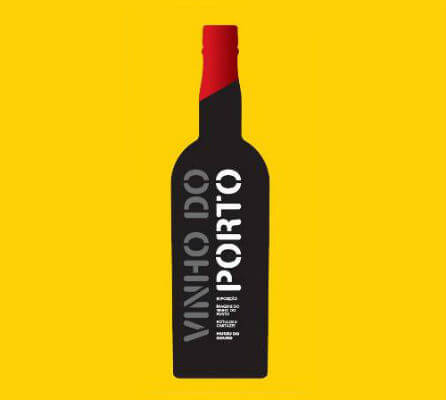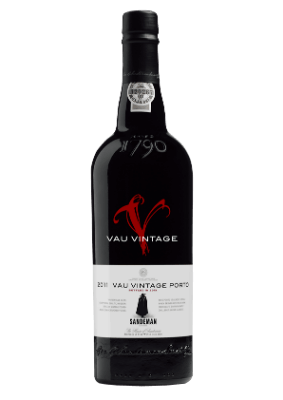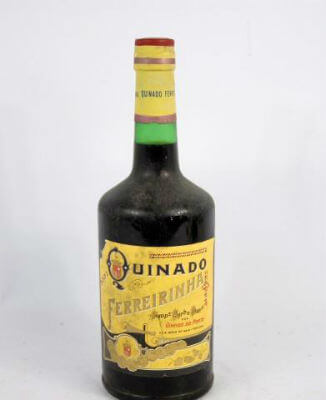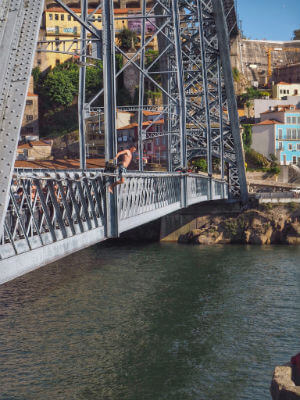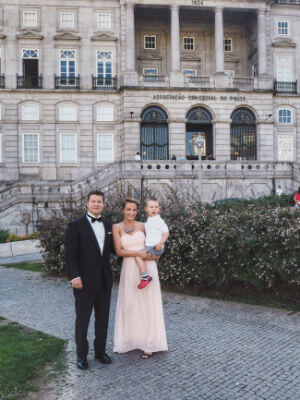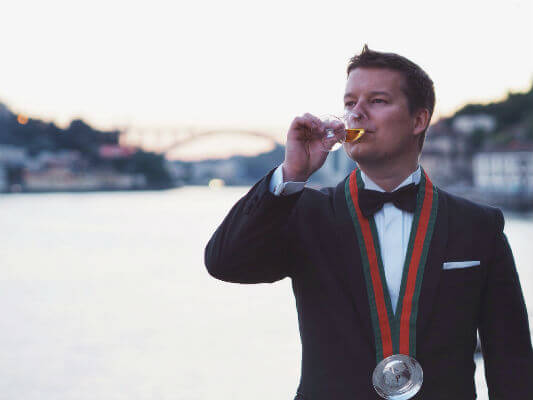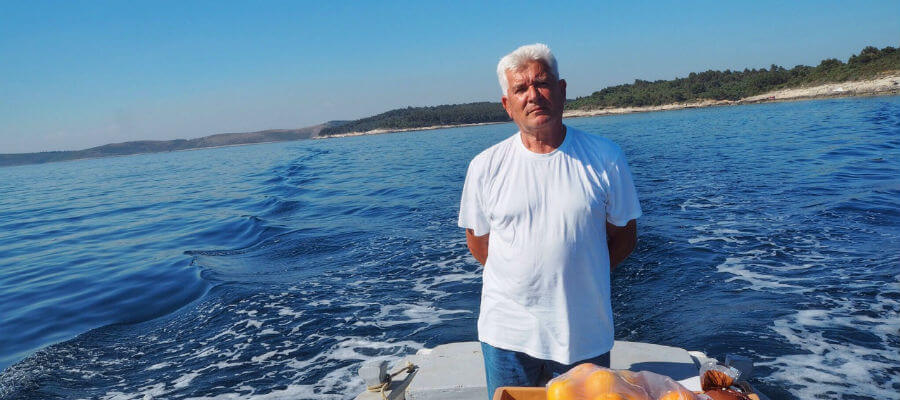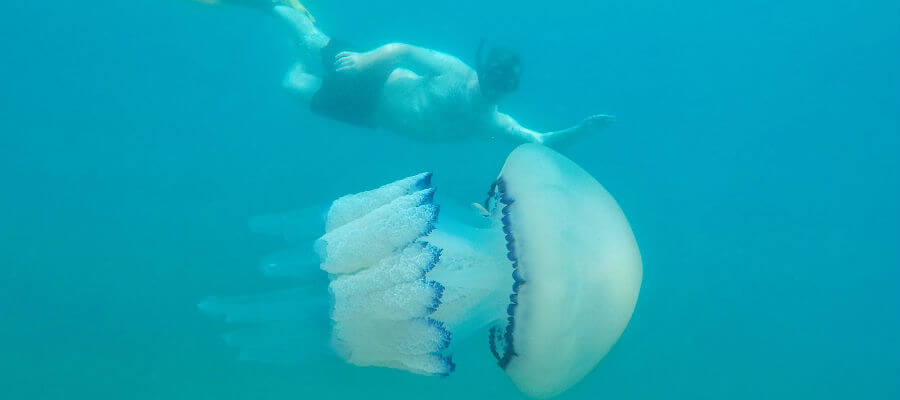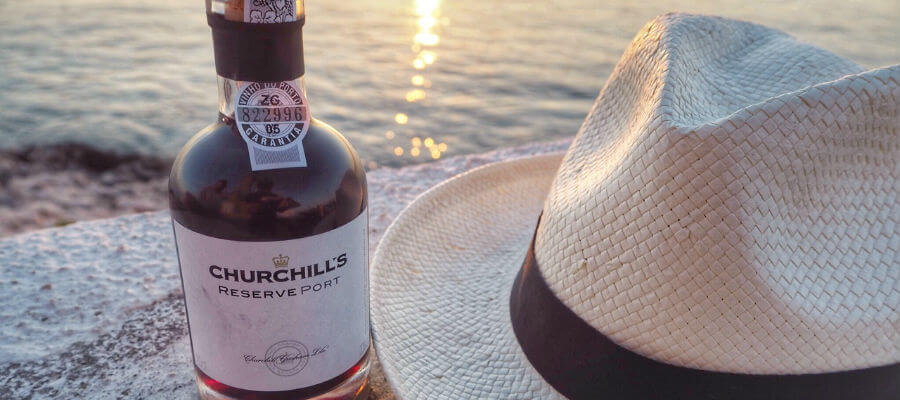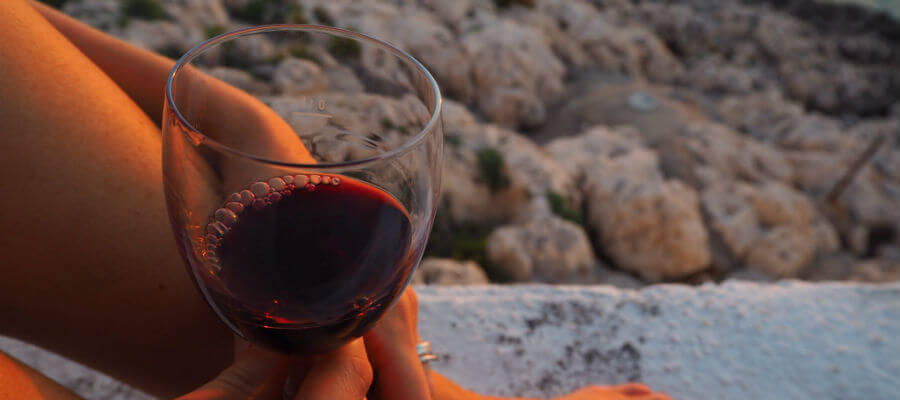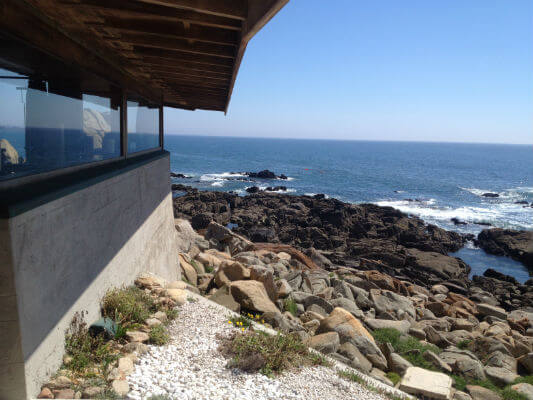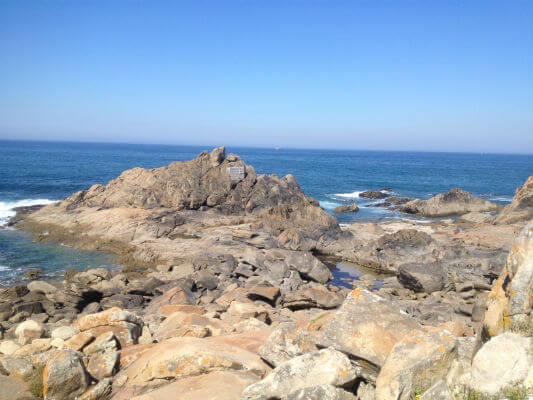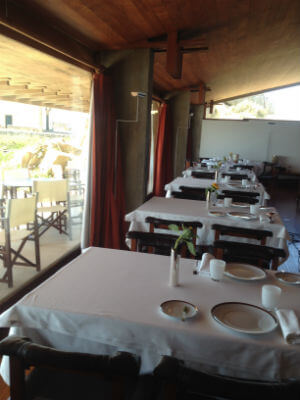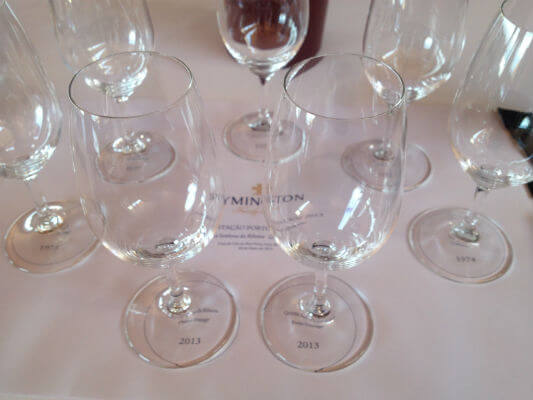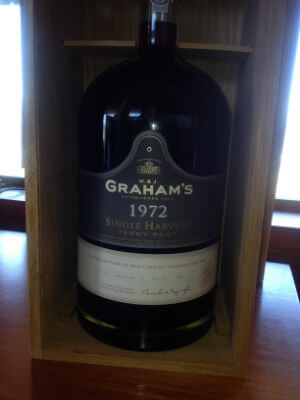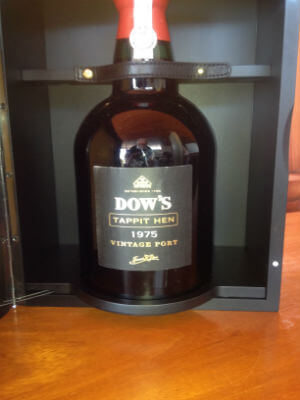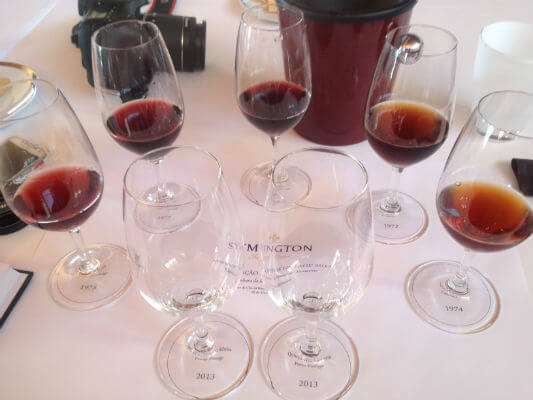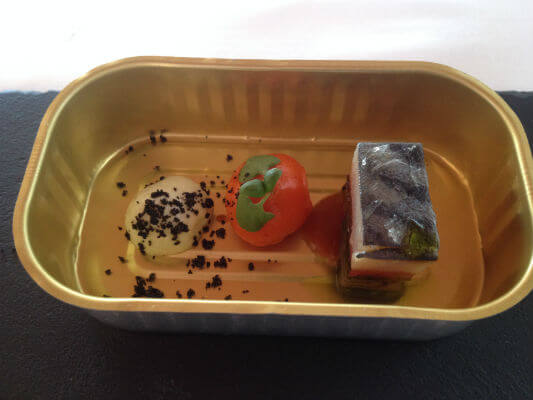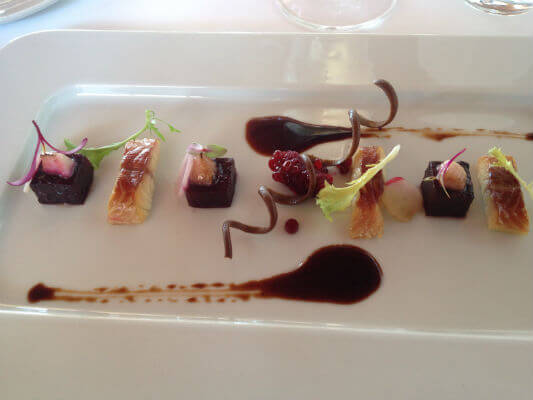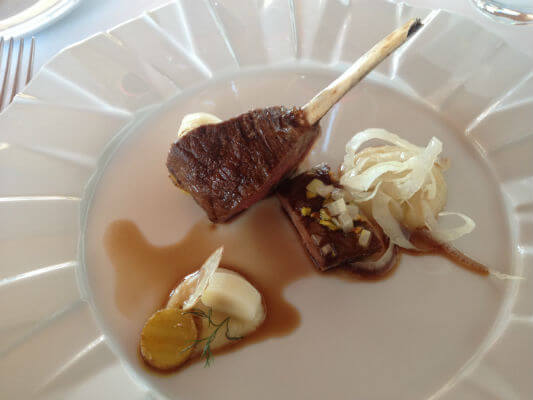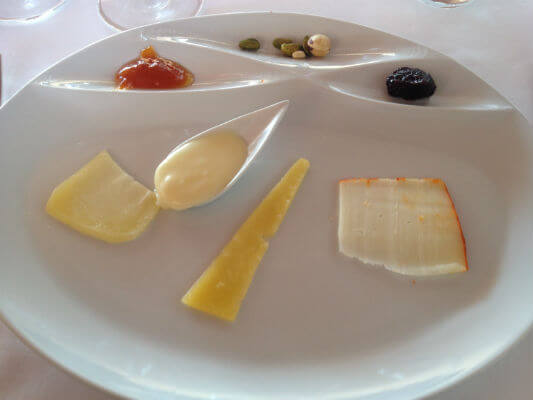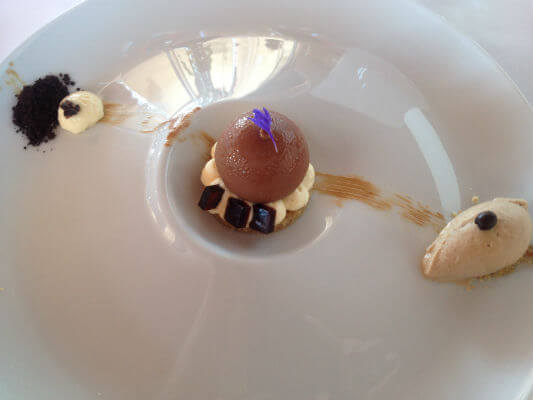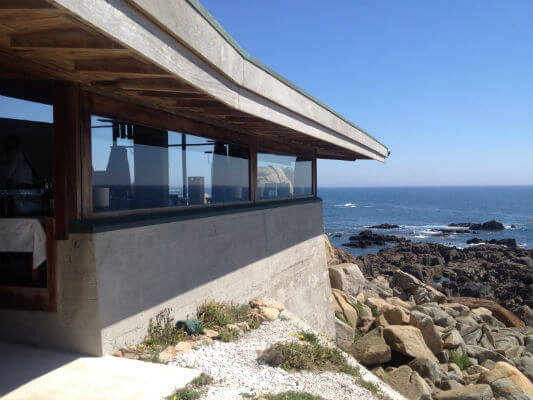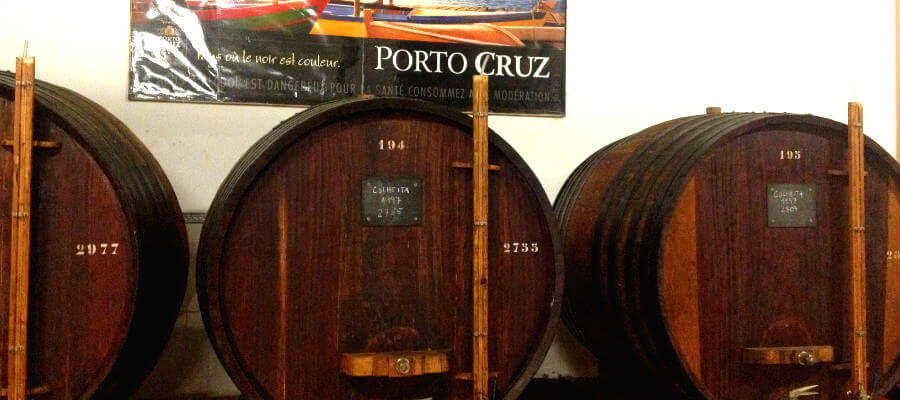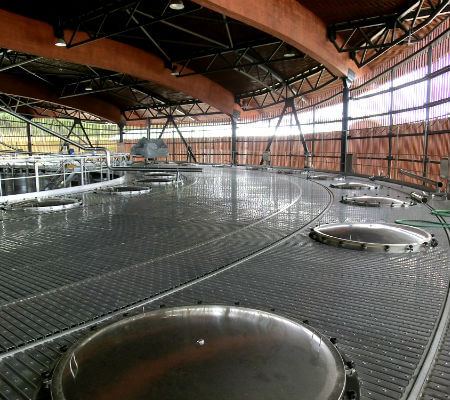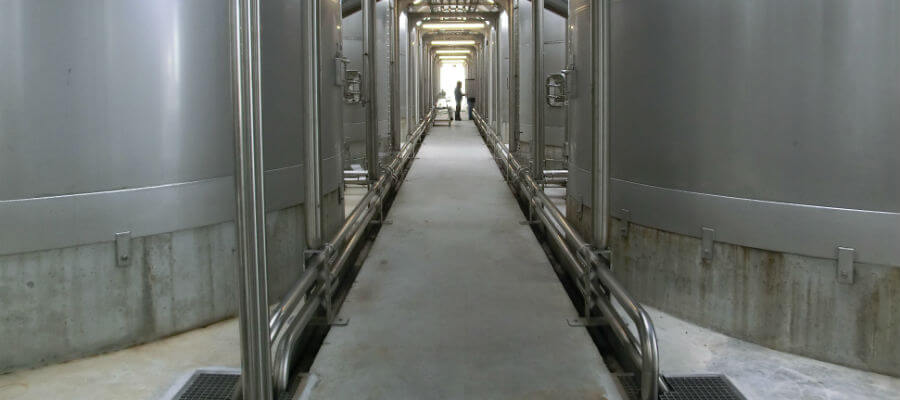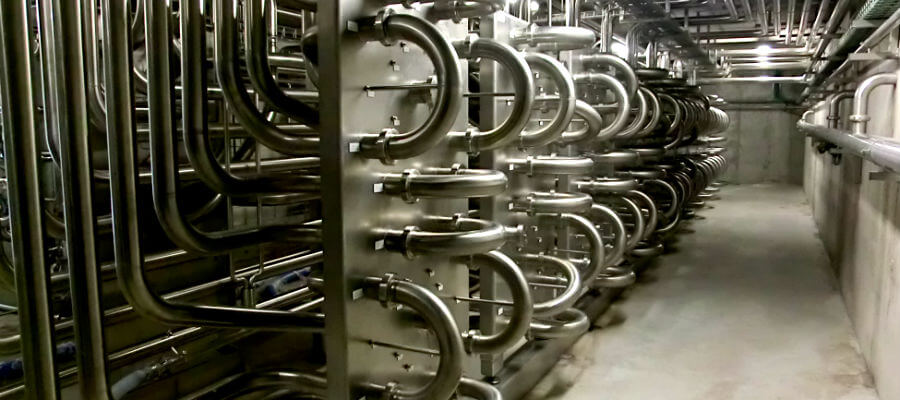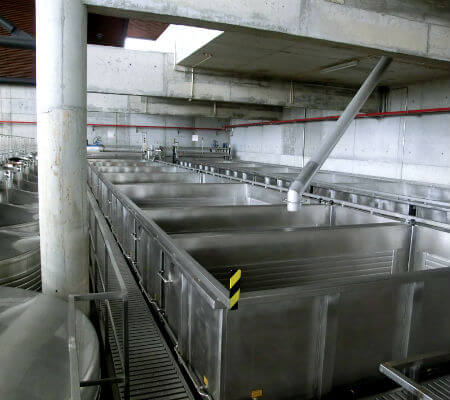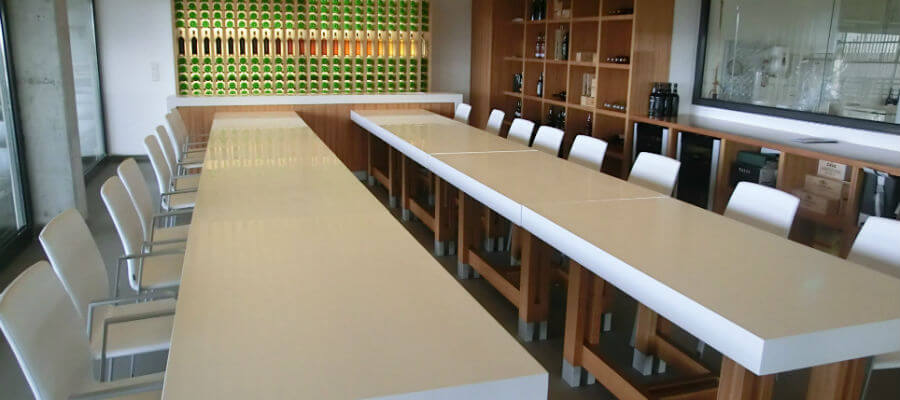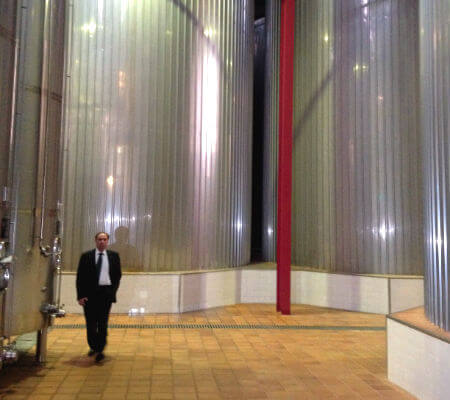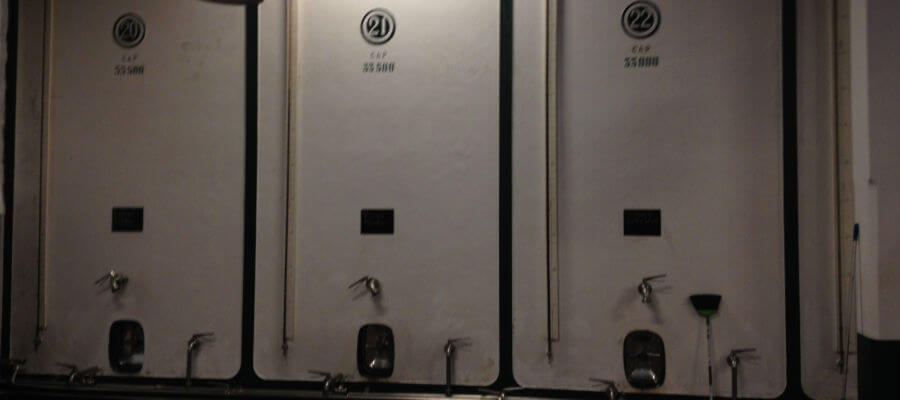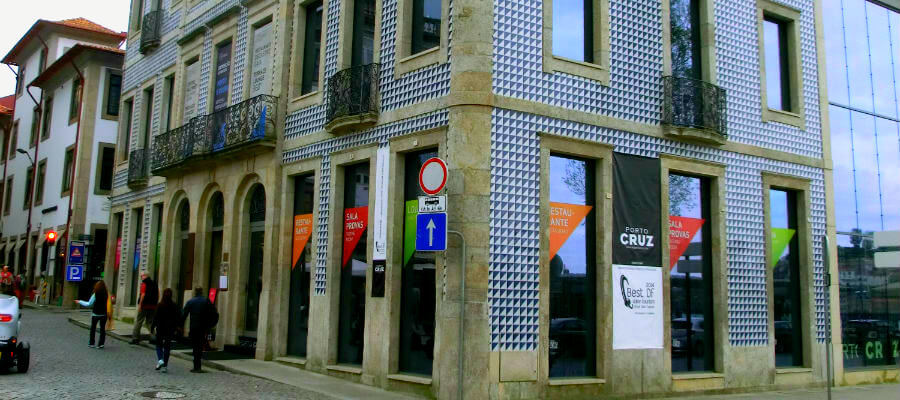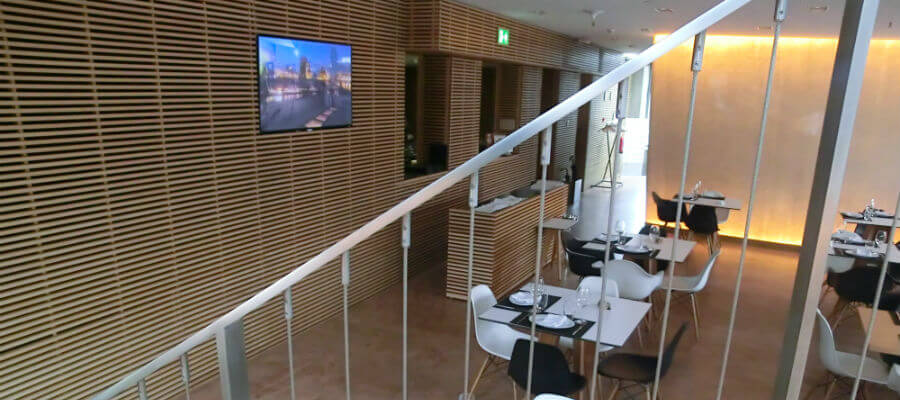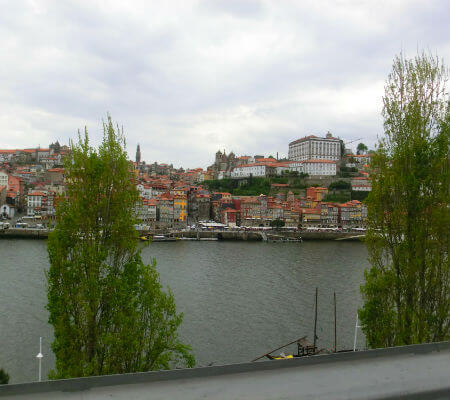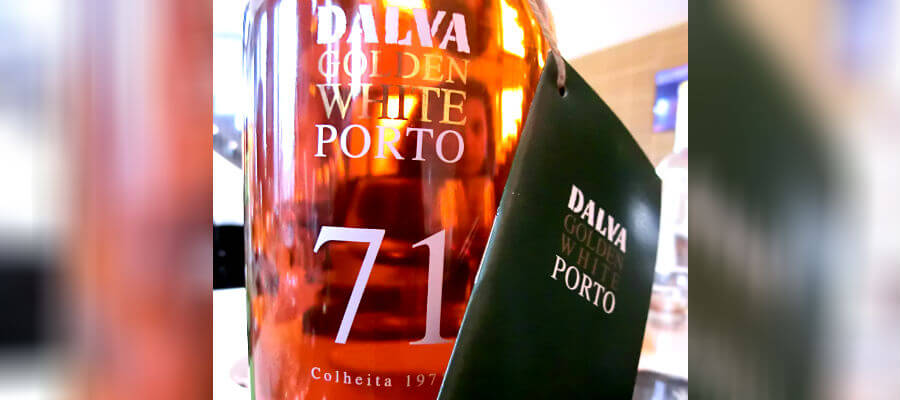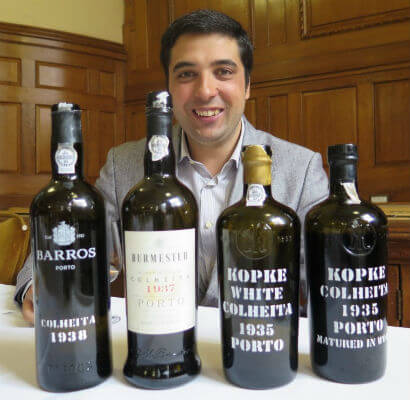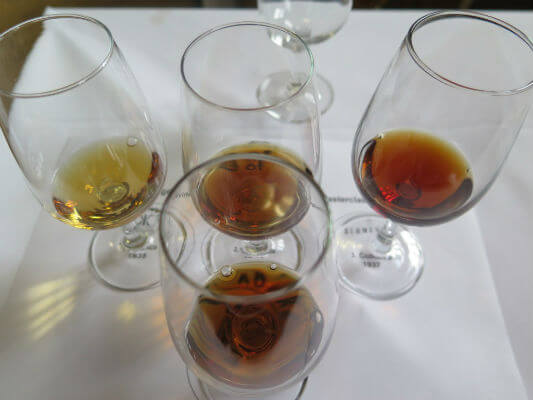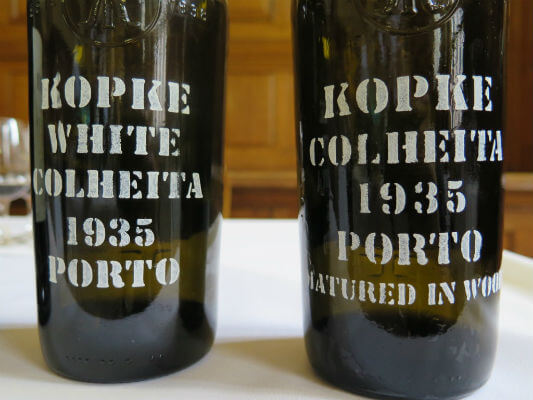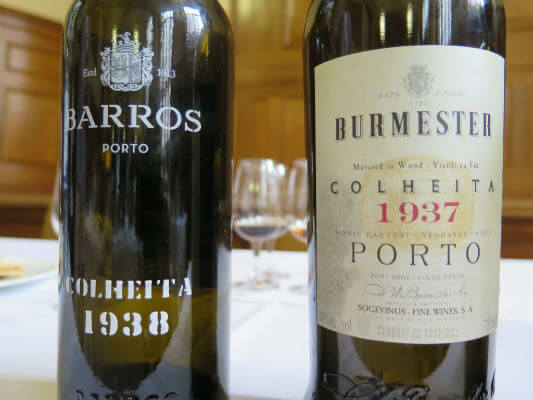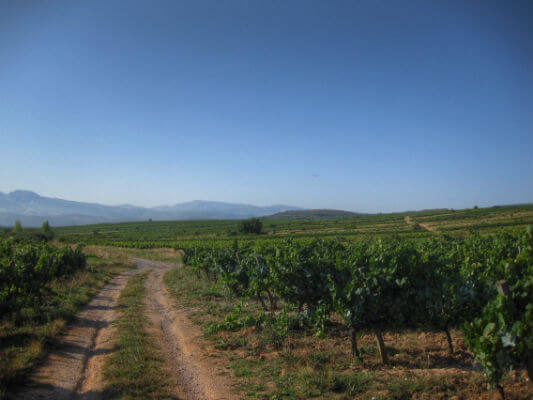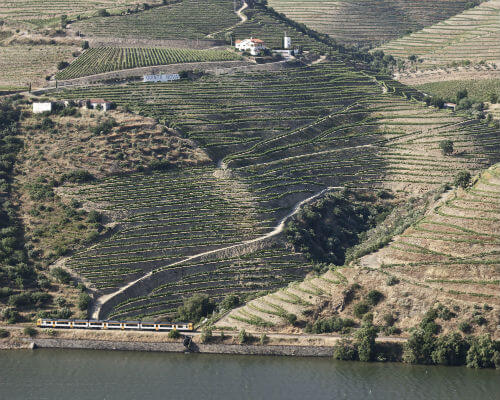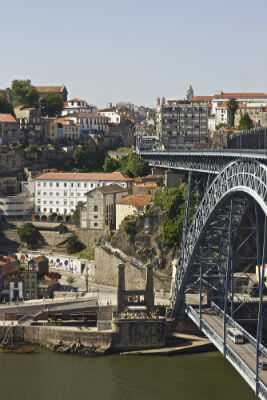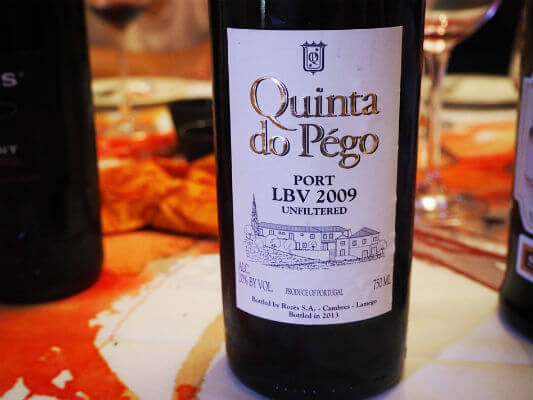Quinta da Leda Vintage 1990, the first Quinta da Leda
Text João Pedro de Carvalho | Translation Jani Dunne
In 1979, the old Casa Ferreirinha, or a. A. Ferreira, in continuing the Ferreira family tradition, bought an uncultivated piece of land in Almendra parish called Quinta da Leda. About 60 acres of vines were planted for the testing of the quality of wines produced in Douro Superior sub-region. The plantation consisted of 34% Tinta Roriz, 33% Touriga Franca, 23% Tinta Barroca, 8% Touriga Nacional and 2% Tinto Cão. After ten years, the first wines they produced emerged as well as the first Vintage from Douro Superior by Casa Ferreirinha, Quinta da Leda Vintage 1990, which they only reedited in 1999. Nowadays, Quinta da Leda owns about 185 acres of land, providing the best of the company’s grapes, whose destiny is to be turned into wines such as Barca Velha and Quinta da Leda, whose first red is a varietal of Touriga Nacional in 1995.
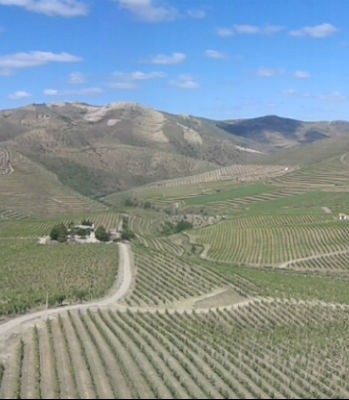
Quinta da Leda Panoramic View – Photo by João Pedro de Carvalho | All Rights Reserved
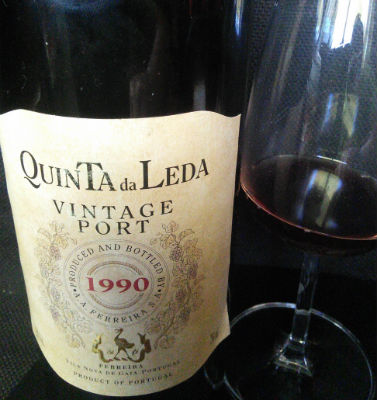
Quinta da Leda Port Vintage 1990 – Photo by João Pedro de Carvalho | All Rights Reserved
I confess, again and again, that I am not a big fan of Porto Vintage – even I sometimes don’t understand my own rejection of it, or my inability to get excited about the Ruby type. I have a confessed preference for Tawny; wines to whom oxidation is the word of order have always tasted good to me. Besides, wines must know how to reason in order to know how to nobly resist time. Therefore, it is very possible that I cannot remember many Vintage wines that marked me categorically. However, I recently had the opportunity to drink this Quinta da Leda, a 25 year-old vintage that, in my opinion, is at that perfect drinking point, not too much, not too little. On my first sip, upon making first contact, I noticed I was wondering how this wine would have been when it was younger. It most certainly wasn’t a wonder of force with coarse tannins begging for the cellar and, on the contrary, it might have always been a young wine with a pinch of the necessary austerity for development, although, from the beginning, it revealed elegance and balance between the very ripe and juicy fruit and the freshness. This formula can be applied to Quinta da Leda wines that have been released into the market.
While I sip on what’s left of the bottle in an act of pure gluttony, I also enjoy a chocolate mousse with olive oil and red pepper. This amazing combination catapulted the wine to another sensory level; with enough acidity to cleanse the palate, the very fresh red fruit blends with the 70% cocoa chocolate in perfect harmony. With a lot of quality, it proves complex and rich in details, with fruits of the forest appearing macerated, tobacco, spices, dark chocolate, a slight earthy flavour on the bottom. On the mouth, all of the above is replicated, enormous freshness from the start, which escorts the whole trip through the palate with spiced notes and a dry finish. It will certainly last another few years in the bottle, but to me, it was a very enjoyable Vintage.
Contacts
Sogrape Vinhos, S.A.
Rua 5 de Outubro, 4527
4430-852 Avintes
Portugal
Tel: (+351) 227-838 104
Fax: (+351) 227-835 769
E-Mail: info@sograpevinhos.com
Website: www.sograpevinhos.com




